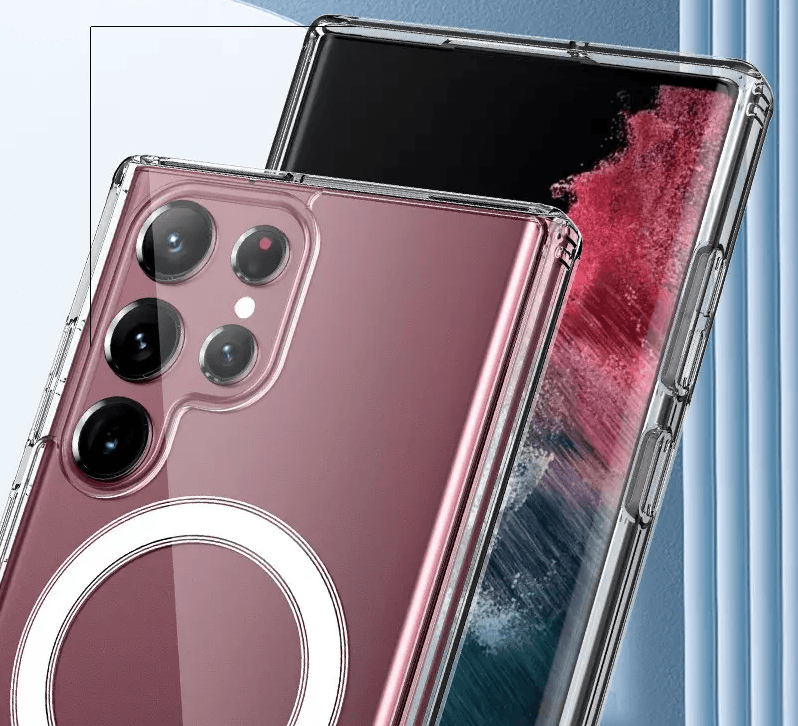Wireless Charging A Journey Through Innovation
Wireless charging technology has revolutionized the way we power our devices, offering convenience and efficiency. In this two-part series, we embark on a journey through the evolution of wireless charging, tracing its origins, and exploring its groundbreaking advancements.

Inception of Wireless Charging
The concept of wireless charging dates back to the late 19th century when Nikola Tesla first experimented with wireless power transmission. Tesla's pioneering work laid the foundation for future developments in wireless energy transfer.
Early Experiments and Concepts
Throughout the 20th century, various inventors and scientists explored the possibilities of wireless power transmission. However, it wasn't until the late 20th and early 21st centuries that significant progress was made in the field.
Key Innovations
Inductive Charging Technology
One of the most significant breakthroughs in wireless charging came with the development of inductive charging technology. Inductive charging utilizes electromagnetic fields to transfer energy between two objects, typically a charging pad and a compatible device.
Advantages and Limitations
Inductive charging offered several advantages over traditional wired charging, including convenience and reduced wear and tear on charging ports. However, early implementations were limited by slow charging speeds and compatibility issues.

Emergence of Standards
Standardization Efforts
To address compatibility issues and promote widespread adoption, industry organizations began developing standards for wireless charging. The Wireless Power Consortium (WPC) introduced the Qi standard, which quickly gained traction as the leading standard for inductive charging.
Qi Standard and Its Impact
The Qi standard established a common framework for wireless charging, ensuring interoperability between different devices and chargers. This standardization played a crucial role in popularizing wireless charging among consumers and manufacturers.
As wireless charging technology continues to evolve, researchers are exploring new approaches to improve efficiency, charging speeds, and compatibility. From resonance charging to long-range wireless power transmission, the future of wireless charging holds exciting possibilities.

Conclusion:
Reflecting on the Journey So Far
Iour exploration, we've traced the origins of wireless charging from its inception to the emergence of inductive charging technology and standardization efforts. Stay tuned for where we'll delve into recent advancements and future prospects in the world of wireless charging.


